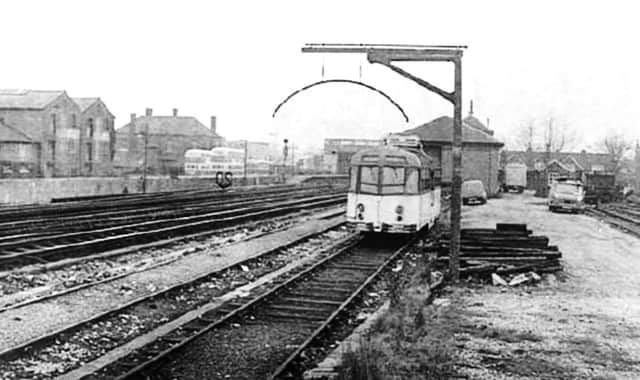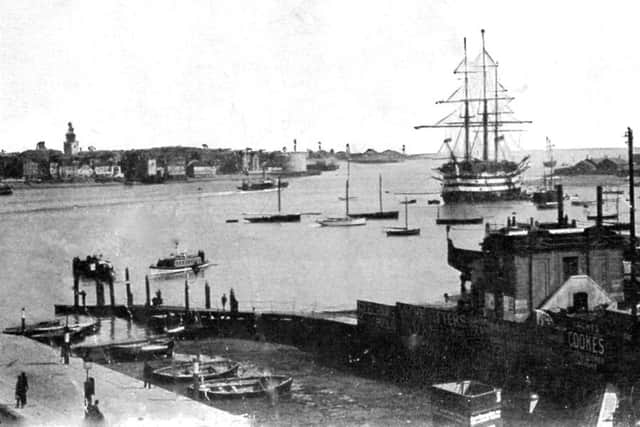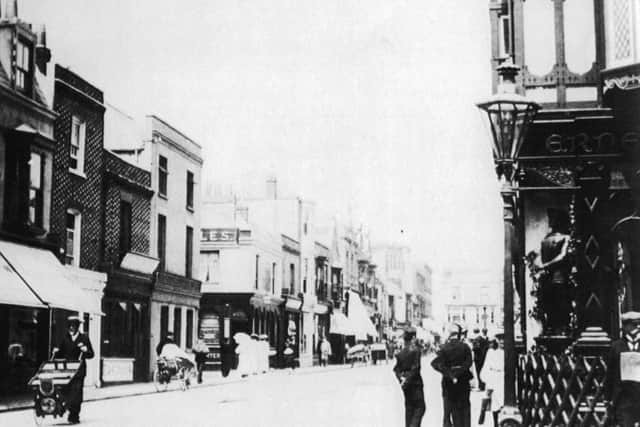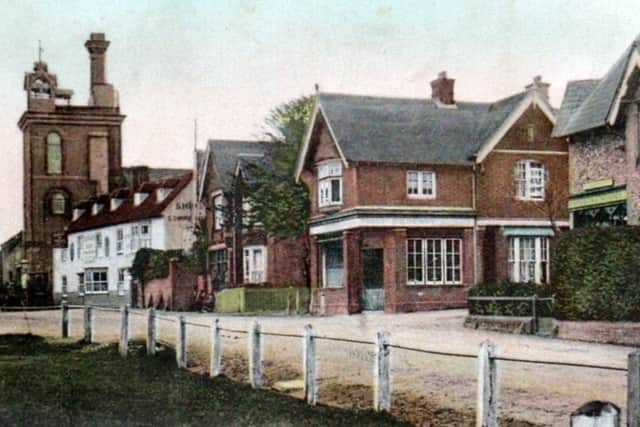A streetcar named Hayling Billy would have run on saved line


The biggest problem was, of course, the wooden trestle bridge across Langstone Harbour and its upkeep.
To potentially alleviate the problem a redundant tramcar was bought from Blackpool in the hope of keeping the branch alive. Far lighter than the old Hayling Billy steam loco, it would have reduced pressure on the bridge. Sadly, with no support from the local authority it never happened and the track was lifted in late 1966.
Advertisement
Hide AdAdvertisement
Hide AdOn the facing page we see the single car in Havant station’s goods yard with the former goods shed behind it. On the far left are Southdown buses parked where the Hayling Billy used to run around its train. The rear view of the ‘20’ sign is a speed indicator for stock crossing from the up line to the branch.


Today this view is dominated by the station car park. Recently another storey was built on top to cope with the hundreds of cars which use the site daily.
The tram still exists and is at the East Anglia Transport Museum.
•The main picture on this page is a shot looking across Portsmouth harbour from the Gosport side, but something seems amiss.
Advertisement
Hide AdAdvertisement
Hide AdThe cut of the roof line doesn’t seem right, don’t you think? It appears as if the photographer has cut the photograph, stuck it on a sheet of paper and re-taken the photograph. Very odd.


In the bottom left hand corner is the landing stage for the old chain ferry to Broad Street, Old Portsmouth.
•I love the names of some of Southsea’s roads and Great Southsea Street never disappoints. Another is Port Royal Street which to me always brings thoughts of pirates and 18th century sailing ships.
Below, we see Great Southsea Street in 1905. On the right hand side is the ornate carving which was part of the Clock House belonging in later years to Fleming’s antique dealers which was in Castle Road. Behind the camera is where Castle Road and Great Southsea Street met.
Advertisement
Hide AdAdvertisement
Hide Ad•The hand-tinted photograph from early in the last century shows Gales’s brewery in London Road, Horndean. The road on the right today is the B2149 Havant Road although somewhat altered.


Blendworth Lane is on the right with family butcher D Dendy trading on the corner. Most of these buildings remain including the Ship & Bell Hotel, the white building to the left of the photograph.